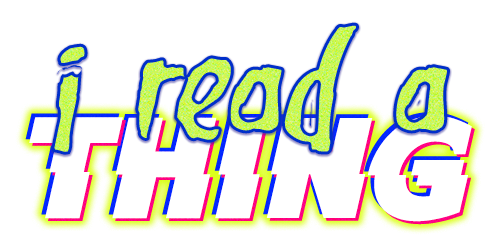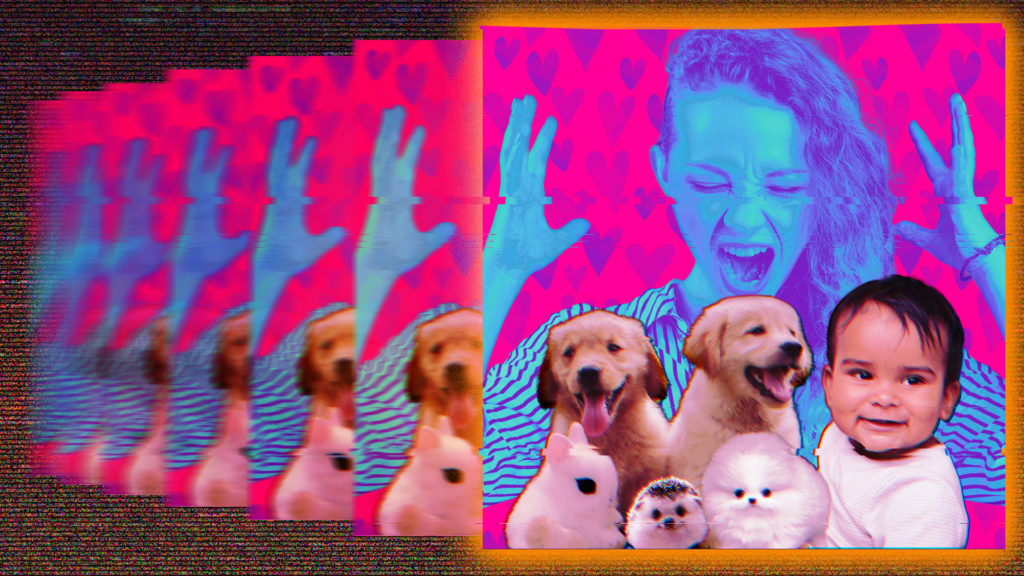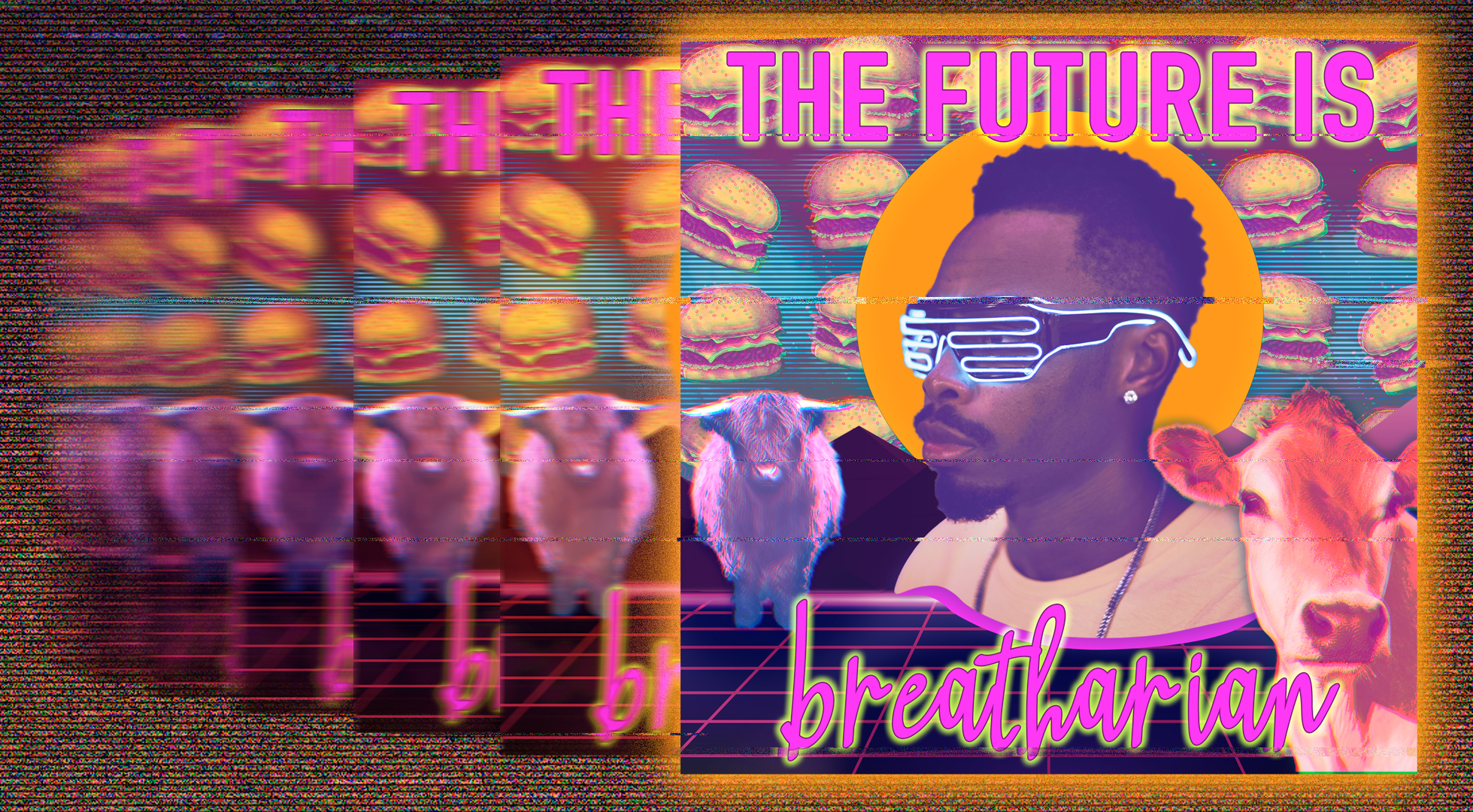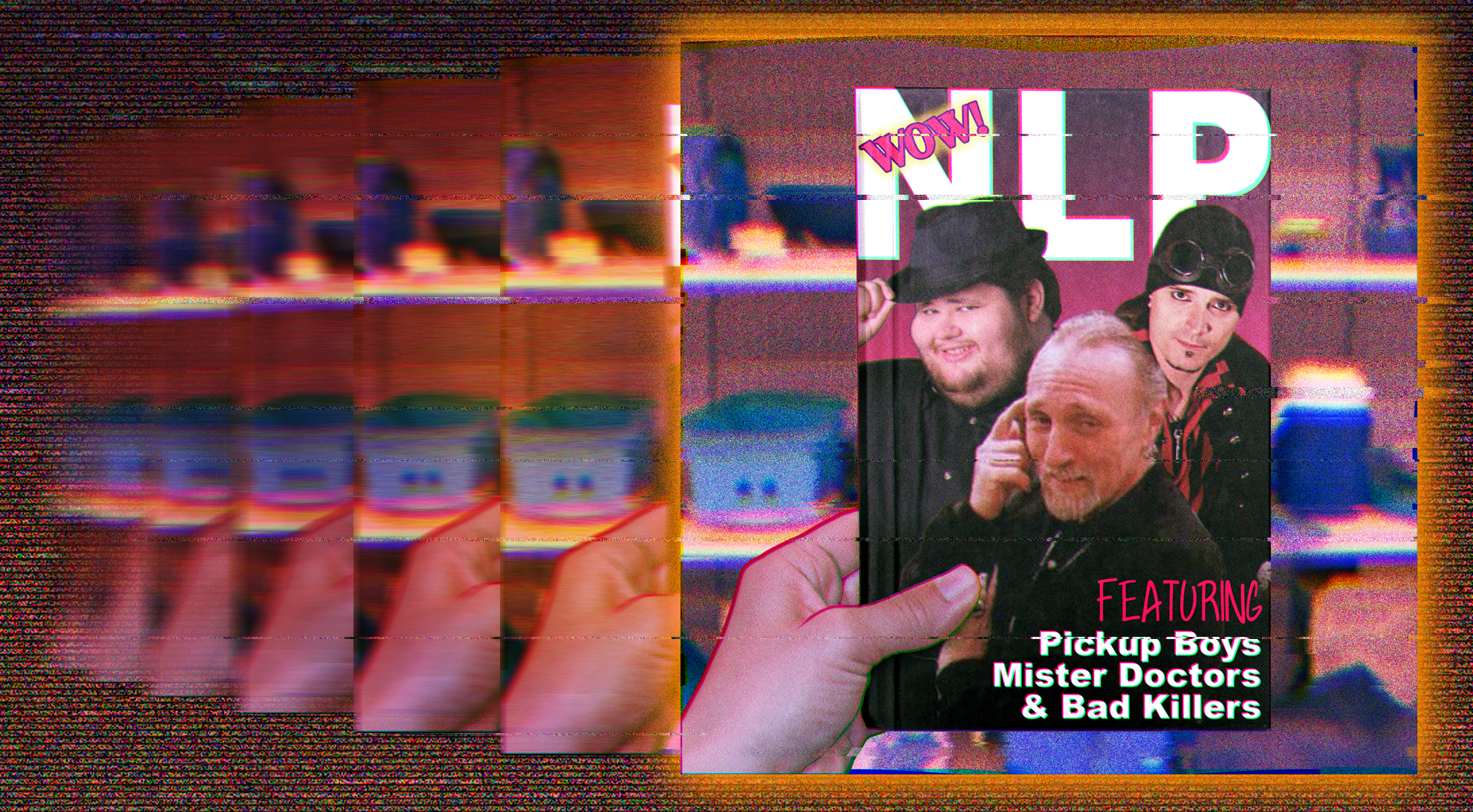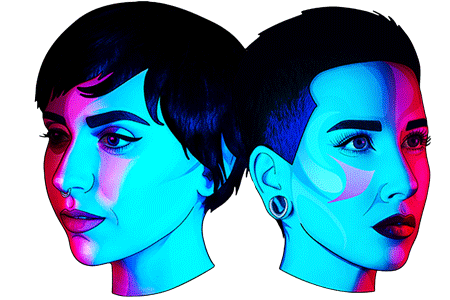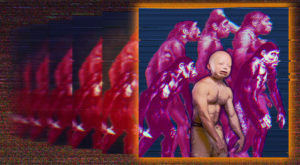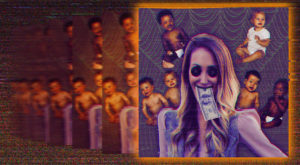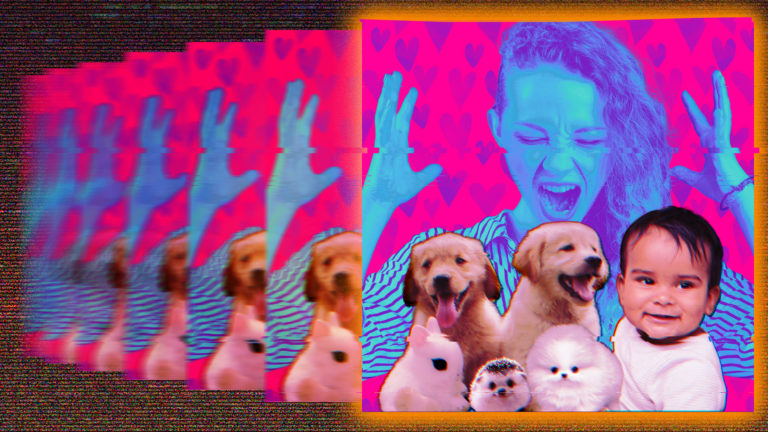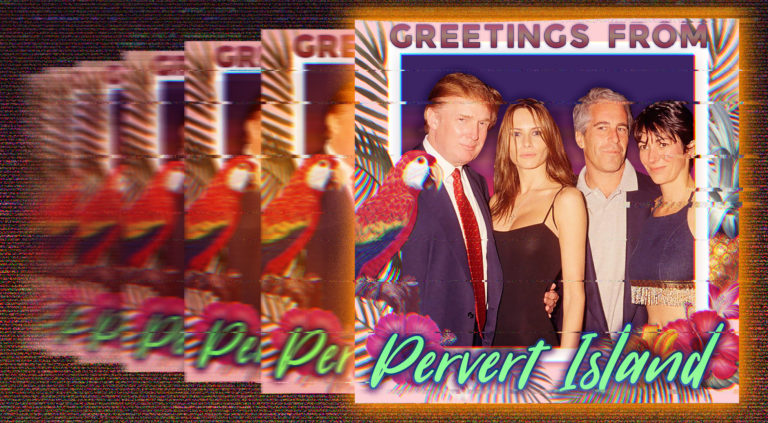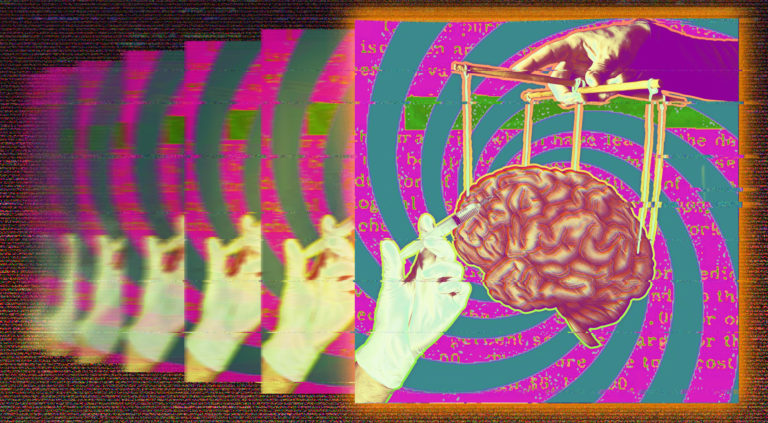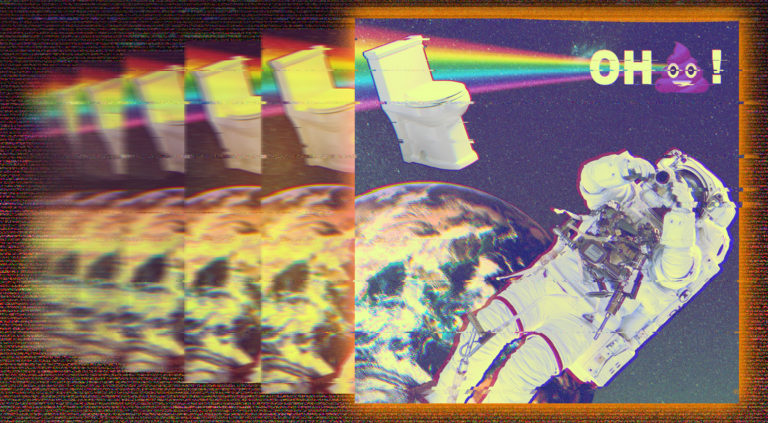How did we get here?
I couldn’t focus on my other research. It’s interesting but for some reason, I just couldn’t do it – so, I took a dab, ended up not focusing even more. noticed the kids’ feet looking super cute, took a photo, felt overwhelmed with love for them, and remembered reading something about the science behind wanting to eat your baby – SO here we are!
YOU’RE SO CUTE I COULD EAT YOU UP! right? i fucking love my kids. But why do I sometimes feel compelled to eat them, or to squeeze them so hard that their body explodes or maybe merges into my own.
It’s a thing! It happens with puppies and kittens and everything extra cute – but it doesn’t happen to everyone.
I read a NY opinion piece about it – the author- Pagen Kennedy, always knew she didn’t want children – she doesn’t like the smell of babies’ heads…ANYWAY, she started looking into the science of “baby hunger” and basically it has to do with the way we perceive cuteness.
IDK if you saw this clip before, but a few years back the actress Leslie Bibb was on Conan O’Brien and told a story about a baby so cute that it drove her crazy. She was like gritting her teeth and clenching her fists at how cute it was. This interview totally captivated a social psychologist named Oriana Aragón, a teacher at Yale. Dr. Aragón realized that feelings of tenderness can be so overwhelming that they spill over into behavior that she calls “cute aggression.” An example, she told me, is “when you see a grandparent pinching a baby’s cheeks and saying, ‘I want to eat you up.’” In fact, sometimes baby-talk can sound downright serial-killer-ish if you take it out of context. You might find yourself telling a puppy that you want to squish it — even though, of course, you’re doing just the opposite and gently caressing it.
Dr. Aragón and her colleagues at Yale undertook what are probably the world’s first attempts to scientifically prove the existence of cute aggression. In an adorable experiment, she and her research partners handed volunteers bubble wrap, then showed them a parade of images. Dr. Aragón found that people popped more bubbles when looking at, say, a photo of a kitten than of an adult cat — suggesting that the cutest images do seem to prompt the urge to crush or squeeze.
WHY THO?
YOU’RE SO CUTE I COULD EAT YOU UP! right? i fucking love my kids. But why do I sometimes feel compelled to eat them, or to squeeze them so hard that their body explodes or maybe merges into my own.
Terms: Playful Aggression. Cuteness Aggression. In Filipino, the word gigil refers to “the gritting of teeth and the urge to pinch or squeeze something that is unbearably cute.” In Indonesian, the word ‘gemas’ refers to the built-up feeling you feel when seeing cute objects, which then leads up to the gritting teeth or the urge to pinch. The Czech word “muchlovat” means the desire to squeeze a cute person
In Da Brain
Hormones
Dopamine – released when engaging with an object that you perceive as cute, also released during aggression (neuronal reward system)
Oxytocin – neuronal hormone and neurotransmitter that controls empathy and forms bonds with others
Serotonin – regulates mood, social behaviors, and digestion
Endorphins – involved in pain tolerance, associated with fight or flight stress response
Corticotropin-Releasing Hormone (CRH) – stimulates the production of ACTH
Adrenocorticotropin Hormone (ACTH) – production of cortisol
Cortisol – controls blood sugar levels, regulates metabolism
Adrenaline – neurotransmitter involved in stress response, controls heart rate and sweat secretion amounts
Noradrenaline – comparable function to adrenaline, stress response hormone
When presented with a “cute” stimulus, the natural response is usually positive = activity within the hippocampus located in the medial temporal lobe of the brain. Dopamine, serotonin, and oxytocin are all released during a pleasurable situation and are thus involved in neurological reward pathways. CTH, ACTH, cortisol, adrenaline, and noradrenaline are all involved in the aggressive side of the response. When exposed to a stimulus, the emotions experienced activate the amygdala in the brain, eventually activating the hypothalamus which will, in turn, release CTH which travels via the infundibulum in order to bind to receptors allowing for the release of ACTH into the bloodstream, which will bind to receptors in the adrenal glands, which will release cortisol, adrenaline, and noradrenaline as a stress response. This reward pathway pairs with the stress response because the body strives to achieve homeostatic levels of emotion in addition to other physiological balances. In order to prevent becoming overly consumed by emotion, the body will release hormones that impose the opposite effect in order to allow keeping the emotions under control.
Dimorphous Expression:
Intense positive feelings often produce hybrid positive and negative expressions. Like when a person is so overwhelmed by the happiness that they begin to tear up or cry.
Cute Aggression
IDK if you saw this clip before, but a few years back the actress Leslie Bibb was on Conan O’Brien and told a story about a baby so cute that it drove her crazy. She was like gritting her teeth and clenching her fists at how cute it was. This interview totally captivated a social psychologist named Oriana Aragón and she and her colleagues at Yale made the first attempt at proving the existence of the phenomenon of what Dr. Aragon calls “cute aggression”
An example: “when you see a grandparent pinching a baby’s cheeks and saying, ‘I want to eat you up.’” In fact, sometimes baby-talk can sound downright serial-killerish if you take it out of context. You might find yourself telling a puppy that you want to squish it — even though, of course, you’re doing just the opposite and gently caressing it.
THE EXPERIMENT:
volunteers were given bubble wrap, then were shown a series of images. Dr. Aragón found that people popped more bubbles when looking at a kitten than of an adult cat — suggesting that the cutest images do seem to prompt the urge to crush or squeeze.
Aragon and her colleagues at Yale designed several experiments to find out.
Data from an online survey of adults suggest that dimorphous expressions — two different expressions that have the same origin — aren’t situation-specific; rather, they seem to emerge in response to various kinds of positive emotions.
So, people who show dimorphous expressions in response to cute stimuli, like babies, tend to show them in response to other positive situations and emotions, such as crying during happy moments in movies. This suggests that dimorphous expressions may serve as a general mechanism of expression that helps to regulate positive emotion.
researchers asked participants to look at and evaluate photos of different babies, some of whom appeared more infantile (i.e., rounder faces, bigger eyes) than others.
Participants showed higher expressions of care for the more infantile babies, saying that they wanted to take care of them and protect them. But they also reported higher expressions of aggression in response to these babies, saying that they wanted to pinch the babies’ cheeks and “eat them up.”
Another online study with 679 participants confirmed these findings and revealed that participants were more likely to report feeling overwhelmed with very strong positive feelings in response to the more infantile babies.
It’s specifically this feeling of being overwhelmed by positive emotion that elicited the aggressive responses. People who showed higher expressions of aggression while looking at the babies tended to show a bigger drop-off in positive emotion five minutes after viewing the images, suggesting that the negative emotions helped them moderate their intense positive emotions, bringing them back to emotional equilibrium!
“People may be restoring emotional equilibrium with these expressions,” said psychological scientist and lead researcher Oriana Aragon of Yale University. “They seem to take place when people are overwhelmed with strong positive emotions, and people who do this seem to recover better from those strong emotions.”
These new discoveries begin to explain common things that many people do but don’t even understand themselves, Aragon said.
“These insights advance our understanding of how people express and control their emotions, which is importantly related to mental and physical health, the quality of relationships with others, and even how well people work together,” she said.
So, I guess if you feel the desire to attack cute things, you’re pretty emotionally healthy.
In another study, Katherine Stavropoulos, a neuroscientist and clinical psychologist at the University of California at Riverside asked volunteers to wear caps with sensors that measure brain activity, and then showed them images of extra cute little animals. Her results suggested that “cute-aggression” involves the reward system in the brain.
It FeELs GoOd!
Parenting is Hard AF
“it’s reasonable to assume that our extreme reaction to cuteness is evolution’s way of making sure that parents do the relentless work of nurturing children. To perpetuate the species, parents must feel driven to hold their babies for hours — and that might explain why the urge to squeeze gets mixed into a cocktail of tender emotion” Dr. Oriana Aragon
Animals
Neither Dr.Stavropoulos and the author of the NYT opinion piece have babies and neither think babies smell amazing BUT they are triggered by dogs’ cuteness!
“Round, floppy puppies that look like cotton balls,” she told me. “I feel like I want to squeeze them until they want to pop — but, of course, I don’t really want them to pop.” Dr. S
“When my dog, Sonny, sprawls on the floor, I will massage the soft flesh of her belly and tell her how I’d like to eat her stomach with a spoon because it’s like pudding. Which is weird.” Pagen Kennedy
What else? They both love to smell their dogs’ paws. I DO TOO! We JUST talked about this last time we hung out haha!!
From the article: When I confessed this to Dr. Stavropoulos, she said, “I’m happy you brought that up.” She said that she, too, likes to smell her dogs’ paws. The aroma reminds her of corn chips, and like me, she finds it to be the “cutest smell ever,” even though this makes no sense at all because “objectively, what’s cute about the smell of a Frito?”
Now Dr. Stavropoulos hopes to explore whether the brains of parents and childless people react differently to cuteness.
Born this way.
Reddit Thread: “child-free as a kind of gender or identity issue?”
Comments “It’s just who I am. From the time that I can remember, I was given baby dolls and I refused to play with them “I am just not supposed to be someone’s mom” —- and compared that feeling to “being gay or transgender.”
How many of us feel born not to be parents? It may seem as if we’re outliers, but polls suggest that about one-sixth of people of reproductive age aren’t sure that they want children.
Katherine K. M. Stavropoulos Study
Participants aged 18–40 years saw four sets of images: cute babies (altered to have bigger eyes and chubby cheeks), less cute babies, cute (baby) animals, and less cute (adult) animals.
Online Survey
For the altered babies and baby animals there was a relationship between being overwhelmed by positive feelings and the expression of cute aggression. (This isn’t exactly new information – there have been many studies about this in the past that we will get to soon). This study is more about the WHY, though – so what they’ve hypothesized is that “cute aggression” may serve as a bottom-up mechanism for regulating overwhelming positive emotions – similar to the findings in Dr. Aragon’s study – where they had found that the relationship between ratings of how cute something is, and cute aggression was mediated by the experience of being overwhelmed by positive feelings.
In terms of evolution, it would not have been adaptive to become incapacitated by positive feelings in response to a very cute baby who required caretaking. So basically our brain is telling us to squish or eat cute things as a way to regulate the overwhelmingly positive emotions. Further evidence for this was observed in the relationship between appraisal of cuteness (e.g., how cute something is), expressions of caretaking and feeling overwhelmed. Behavioral data suggest that appraisal and expressions of caretaking are mediated by being overwhelmed and that feelings of cute aggression and caretaking are highly correlated
baby schema
Ethologist Konrad Lorenz defined the baby schema (“Kindchenschema”) as a set of infantile physical features, such as a round face and big eyes, that is perceived as cute and motivates caretaking behavior in the human, with the evolutionary function of enhancing offspring survival.
Traits: large head, big eyes, high and protruding forehead, chubby cheeks, small nose and mouth, short and thick extremities, and plump body shape.
The majority of baby schema features are in the head and the face. To study this, Katherine Karraker from W Virginia U manipulated images of babies to produce high (round face, high forehead, big eyes, small nose, and mouth), low (narrow face, low forehead, small eyes, big nose, and mouth), and unmanipulated baby schema portraits of each infant. 16 women were shown these photos while their brain activity was measured and I think also their blood (?) and they were to rate the babies 1-3 (3 being the cutest). The altered babies were rated the cutest. Looking at the women’s brains the findings suggest a connection in baby schema and human caregiving. In layman’s terms (because what I read was super sciency and too much for me honestly haha!) the part of the brain that is activated during cuteness overload is linked to the anticipation of reward – the baby schema releases approach behavior toward infants.
Another activated part of the brain is the preuneus which is associated with attention – so maybe the baby schema causes us to focus more on babies’ faces.
IDK. I think in order to survive we have to be obsessed with our babies because they literally can’t do anything, especially way back when our ancestors lived as cooperative breeders and spread caretaking responsibilities to other group members. If everyone is pleasantly triggered by cuteness, anyone would feel motivated to caretake regardless of blood relation.
There is evidence that responsiveness to baby schema occurs in children as young as 4 months of age suggesting an evolutionary-shaped basis. However, responsiveness to infants is also modulated by experience and learning – cartoons, toys, etc.
Ngai Essay
Ok, so I basically read these cliff notes because I didn’t want to pay to read it, BUT…
“The Cuteness of the Avant-Garde” is an essay included in Ngai’s book Our Aesthetic Categories: Zany, Cute, Interesting (a triad) Benjamin Lytal observes in his review of the book, this triad defines the way we live now: how we work is “the zany”, how we exchange information is “the interesting”, and how we consume is “the cute”
Cute as Patriarchal shit:
“Women are very sensible of this; for which reason, they learn to lisp, to totter in their walk, to counterfeit weakness and even sickness. In all this, they are guided by nature. Beauty in distress is much the most affecting beauty” 18th Century, Edmond Burke — goes back to the strong desire to care for cute things, especially back when women needed to be cared for cause of the times – but years and years of this thinking – that cuteness is an ideology of beauty and femininity – docility, vulnerability, etc marketing this aesthetic is problematic in regard to femininity.
Right?
Ngai observes that cute objects represent an aestheticizing of powerlessness; she notes that cute objects are usually “soft, round, and deeply associated with the infantile and feminine”.
cute toys usually have faces, but simplified so much that they are barely there (such as hello kitty who has no mouth);
their eyes might be eerily large (LOL dolls), so they can mimic our gaze, but Ngai notes that any fuller personification would make them too equal to us, which would upset the power dynamic on which the cute aesthetic depends – uncanny valley
Pop Culture
The fetishization of innocence has often been utilized by female pop artists (and their creative and management teams), for example, Brittany Spears’ schoolgirl uniform in the “Baby One More Time” video
Sadistic tendencies
Bjork’s “I miss you” utilizes the cute aesthetic in order to be more grotesque than a more detailed “human-like” aesthetic would allow; we would turn away from these disturbing images if they were too realistic, and in this way, we are forced to confront them. We are hypnotized. Bjork defamiliarizes the genre of children’s cartoons or shows, exposing violence and realities normally banished from these utopian worlds built of romantic ideologies such as true love and safe pure adolescence filled with magic. She does not ignore sexual themes; she and her cartoon friends dance in condoms on her chest. While her cartoon adopts cute aesthetics, she is able to be violent and imperfect. She is violently disfigured; at one point her head is pulled off, which exemplifies Ngai’s concept of the cute object’s invitation for abuse.
Japanese cartoons, art, toys, etc often abuse and disfigure cute things. For example, San-X, a more “edgy” version of Sanrio— which is a Japanese company that sells cute toy products, most famously Hello Kitty— featured a slightly burnt and dejected-looking bread bun named Kogepan, which at the time of Ngai’s article, was their most popular figure. Ngai writes, “the smaller and less formally articulated or more blob-like the object, the cuter it becomes—in part because smallness and blobbishness suggest greater malleability and thus a greater capacity for being handled” WHAT?
Ngai draws the connection between cuteness and ugly or aggressive feelings, as well as tender or maternal ones. the cute object’s passivity and vulnerability are “often intended to excite a consumer’s sadistic desires for mastery and control as much as his or her desire to cuddle”. She points to Winnie the Pooh whose cuteness is tied to his clumsiness and helplessness, such as when his snout is stuck in the hive. We might be attracted to cute objects because they are non-threatening and invite us to be superior or transpose our comfortable ideologies upon them, but maybe contemporary society is also fascinated with cuteness that alludes to something more sinister than cuteness— an uncanny extreme mimicry of cuteness that rejects cute as innocent, and by extension, women as simple; cuteness becomes subversive and women are diverse and complex.
When a person takes on a cute persona or adopts cute aesthetics, they may do so knowing that their cuteness will provoke a certain response in someone, be it affection, a sense of dominance, or a disarming effect—and this can be a powerful tool. Benny always talks about porn with super young girls and stuffed animals and how he doesn’t get it – we have literally had arguments about it (i have plenty of nude pics like that online from like 2008 lol) but it’s a THING. a TACTIC.
links
https://www.frontiersin.org/articles/10.3389/fnbeh.2018.00300/full
https://www.pnas.org/content/106/22/9115
https://en.wikipedia.org/wiki/Cute_aggression
https://www.vice.com/en/article/exqnxk/why-do-i-want-to-crush-cute-animals
